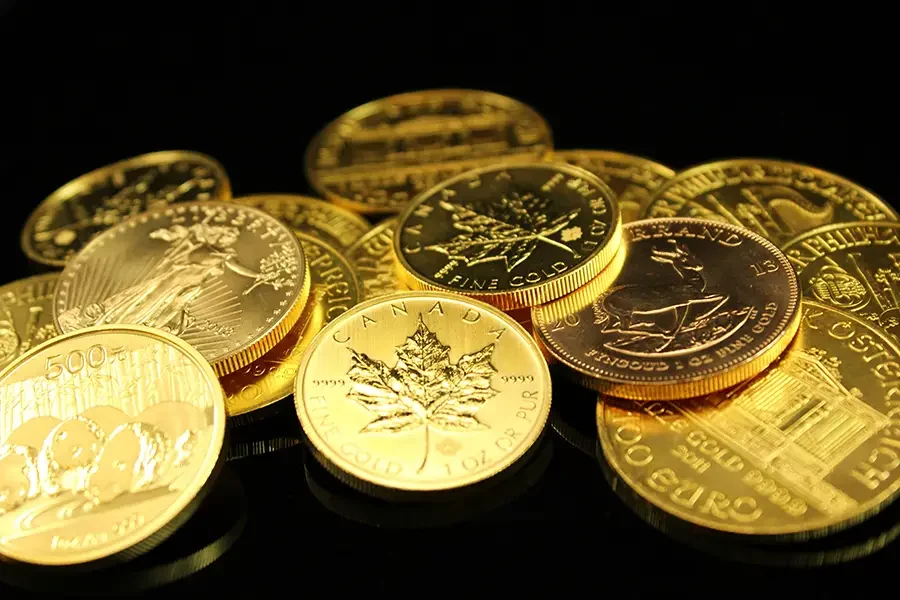The Royal Mint, the maker of the UK’s coins, has started processing electronic waste to extract gold from it. The company has built a large industrial plant on its site in Llantrisant, Wales, to remove the precious metal from old circuit boards.
The extracted gold is initially being used to craft jewelry, and later it will be made into commemorative coins. E-waste, which includes anything from old phones and computers to TVs, is a rapidly growing problem worldwide. The UN estimates that 62 million tonnes of e-waste were thrown away in 2022, and the amount is set to increase by about a third by 2030.
At the Royal Mint plant, the circuit boards are heated to remove their various components, which are then sieved, sorted, sliced, and diced as they move along a conveyor belt. Anything with gold in it is set aside and sent to an on-site chemical plant, where the gold is leached out into a liquid solution. This is then filtered, leaving a powder that is pure gold and just needs to be heated in a furnace to be transformed into a gleaming nugget.
The new process is more environmentally friendly than traditional gold recovery methods, which are energy-intensive and use toxic chemicals. The Royal Mint’s operations director, Leighton John, says the chemistry used in their plant is recyclable and pulls the gold out quickly and at low energy.
The company aims to process over 4,000 tonnes of e-waste annually, which should generate up to 450 kg of gold worth around £27 million at current prices. This shift into the waste business is a significant change for the Royal Mint, which has been the UK’s official coin maker for more than a thousand years. With cash use dwindling, the e-waste processing is a new way for the government-owned company to make money and save jobs.
In addition to recovering gold, the Royal Mint is also looking at what to do with the other materials that it is separating out from the circuit boards, such as aluminum, copper, tin, and steel. They are investigating whether ground-up boards could be used by the construction industry.







